Essential Elements of Trail Maintenance
- August 29, 2024
- 0 comment
Trail Maintenance is crucial for ensuring that they remain safe, accessible, and enjoyable for everyone who uses them. Trails, whether winding through forests, mountains, or urban parks, offer a way for people to connect with nature and explore the outdoors. However, these pathways are constantly subjected to the forces of nature and human activity, which can lead to wear and tear over time.
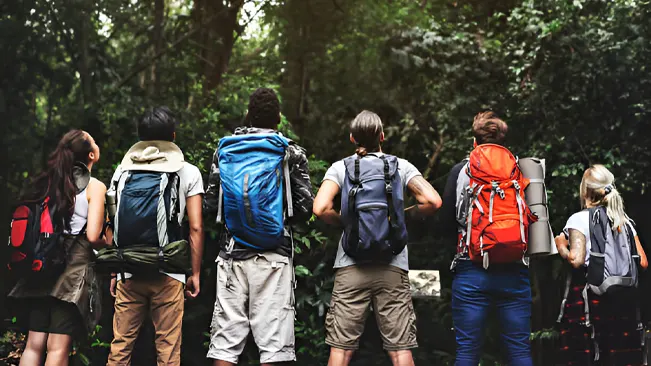
Without regular upkeep, trails can quickly become hazardous, eroded, or overgrown, diminishing the quality of the experience for visitors and potentially causing environmental harm. To keep trails in top condition, it’s important to focus on key practices that address everything from erosion control to vegetation management, ensuring that these natural routes can be enjoyed for years to come.
Trail Inspection and Assessment
The foundation of effective trail maintenance lies in regular inspection and assessment. Routine inspections help identify potential issues before they escalate into significant problems. A thorough inspection involves walking the entire length of the trail to observe its current condition. Key areas to focus on include erosion, vegetation overgrowth, water damage, and trail surface conditions.
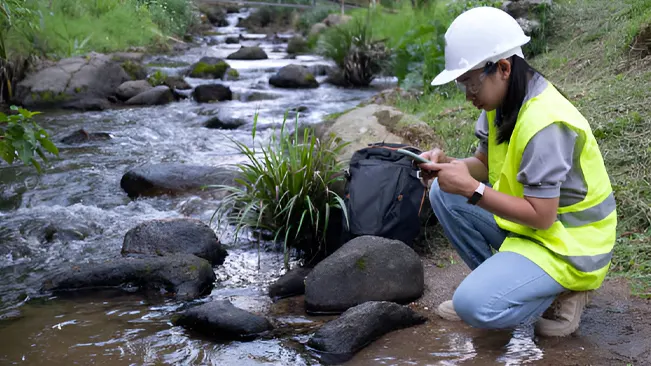
Common issues such as exposed roots, washed-out sections, and overgrown vegetation are typical findings during these inspections. Tools like measuring tapes, GPS devices, and cameras can aid in documenting the trail’s condition. Regular assessment allows for timely interventions, preventing minor issues from becoming costly repairs. For an effective inspection routine, it’s advisable to perform assessments seasonally or after significant weather events.
Erosion Control
Erosion is one of the most challenging issues in trail maintenance. It occurs when soil is displaced by water, wind, or foot traffic, leading to the degradation of the trail’s surface and surrounding environment. Erosion not only damages the trail but can also contribute to sedimentation in nearby water bodies, negatively impacting local ecosystems.
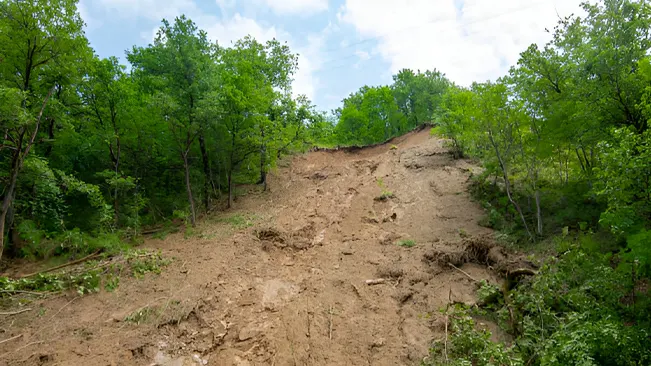
To prevent erosion, it’s essential to understand its causes, which often include steep slopes, lack of vegetation, and poor water drainage. Implementing best practices such as building water bars, retaining walls, and using geotextiles can significantly reduce erosion. Water bars, for example, are angled structures that divert water off the trail, preventing it from running down the trail and carrying soil with it. Regular maintenance of these structures is necessary to ensure they continue to function effectively.
Water Management
Proper water management is critical to preventing trail damage. Trails are particularly vulnerable to water-related issues, as improper drainage can lead to erosion, puddling, and trail washouts. Effective water management strategies include designing trails with adequate slope and implementing drainage systems that divert water away from the trail.
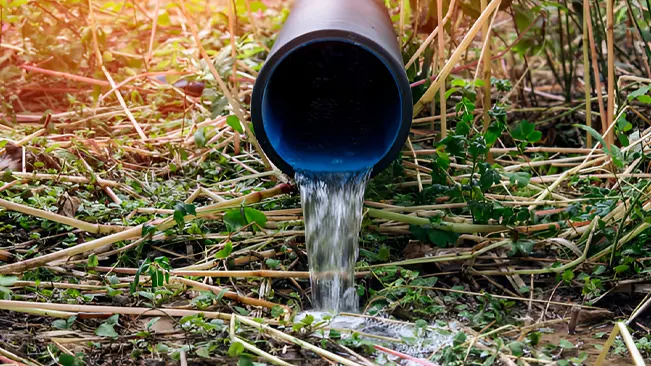
Techniques such as installing culverts, drainage dips, and turnpikes can help manage water flow. Culverts, which are pipes placed under the trail, allow water to pass beneath the path without causing surface erosion. Drainage dips are shallow depressions that guide water off the trail, while turnpikes elevate the trail surface above wet areas. Maintaining these structures is essential to keeping trails dry and passable, particularly in wet climates or during rainy seasons.
Vegetation Management
Vegetation management is another crucial element of trail maintenance. Overgrown vegetation can obscure the trail, making it difficult for users to navigate and potentially leading to trail widening as users seek alternate routes. Additionally, invasive species can choke out native plants, disrupting local ecosystems and altering the trail environment.

Tools and Techniques for Vegetation Control
Loppers and Pruners
These are indispensable tools in trail maintenance, designed for efficiently cutting back small branches, brush, and overgrowth that encroach on trails. Loppers feature long handles, providing leverage for thicker branches, while pruners, with their smaller, hand-held design, are ideal for precision cuts on finer vegetation. Regular use helps keep trails clear and accessible.
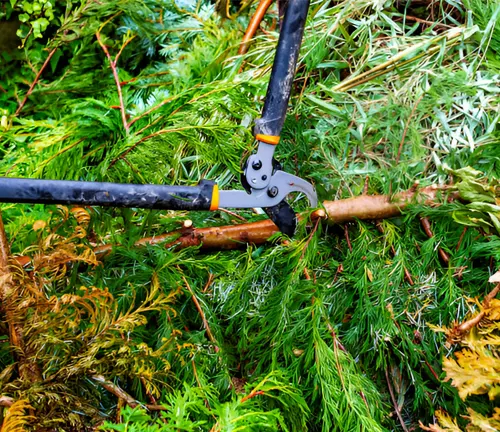
Saws
Are vital tools in trail maintenance, specifically designed for cutting through larger branches and clearing fallen trees that obstruct paths. They come in various types, such as bow saws for general use and chainsaws for more substantial, challenging jobs. Saws are crucial for maintaining trail safety and ensuring that the trail remains passable for all users.

Effective vegetation management involves regular trimming of overgrowth, removal of invasive species, and ensuring that the trail corridor remains clear and accessible. Tools such as loppers, pruners, and saws are commonly used for this purpose. It’s also important to consider the timing of vegetation management activities, as some plants may be best trimmed or removed at specific times of the year to minimize impact on wildlife.
Surface Trail Maintenance
The trail surface is the most visible and heavily used part of the trail, making its maintenance crucial. Depending on the trail type whether gravel, dirt, or paved different maintenance techniques are required. For dirt trails, filling in ruts and holes, removing debris, and ensuring a smooth, compacted surface are key tasks. Gravel trails may require periodic regrading and replenishment of gravel to maintain a stable and even surface.

Paved trails, while more durable, still require regular maintenance to repair cracks, remove encroaching vegetation, and address drainage issues that could lead to surface damage. Ensuring a smooth and even trail surface not only enhances user experience but also reduces the risk of injury.
Trail Signage and Infrastructure
Clear signage and well-maintained infrastructure are essential for both the safety and enjoyment of trail users. Signage should be clear, visible, and regularly checked for damage or wear. This includes trail markers, directional signs, and informational panels that provide guidance and education to users.
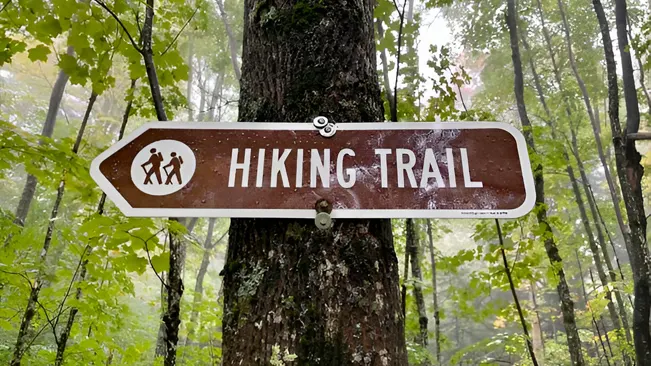
Trail infrastructure, such as bridges, steps, and railings, also requires regular maintenance. These structures are often exposed to the elements and heavy use, leading to wear and tear over time. Ensuring that they are in good condition is vital to maintaining trail safety and accessibility. Regular checks and prompt repairs of these elements can prevent accidents and extend the life of the trail infrastructure.
Volunteer Coordination
Volunteers play a crucial role in trail maintenance, providing much-needed manpower and fostering community involvement. Effective volunteer coordination involves organizing regular workdays, providing necessary training, and ensuring that volunteers have the tools and resources they need to perform their tasks safely and effectively.

Building a sense of community stewardship around trails can lead to more consistent and widespread maintenance efforts. Recognizing and celebrating volunteer contributions can also help sustain enthusiasm and commitment to trail maintenance projects over the long term.
Safety Considerations
Safety is a paramount concern in trail maintenance, both for those performing the work and for the trail users. Maintenance teams should follow safety protocols, including wearing appropriate personal protective equipment (PPE), using tools safely, and being aware of the physical demands of trail work.

For the public, ensuring that trails are free from hazards such as fallen trees, loose rocks, and slippery surfaces is essential. Emergency response planning, including having a clear communication plan and access to first aid, is also a critical aspect of trail safety.
Seasonal Maintenance
Seasonal changes present unique challenges for trail maintenance. In winter, trails may be covered by snow and ice, requiring measures such as snow removal, de-icing, and protection of vulnerable surfaces. Summer brings its own set of challenges, including heat-related wear, increased vegetation growth, and the impact of heavy trail use.
Seasonal Challenges and Solutions:
- Winter: Address snow and ice buildup by clearing trails or installing traction aids.
- Spring: Repair damage from winter weather, such as thaw-related erosion and fallen branches.
- Summer: Manage increased vegetation growth and monitor for signs of trail overuse.
- Fall: Prepare trails for winter by clearing leaves and reinforcing erosion control structures.
Winter and Summer Maintenance Strategies:
- In winter, focus on keeping trails clear of snow and ice to ensure they remain accessible.
- In summer, prioritize managing vegetation overgrowth and addressing the impact of heavy trail use.
- Adapt maintenance schedules to accommodate seasonal variations in weather and trail conditions.
Developing seasonal maintenance plans that address these challenges can help keep trails in good condition year-round. This might involve specific strategies such as reinforcing trails before the winter season or scheduling vegetation management during peak growth periods in the summer.
Conclusion
Maintaining trails is a continuous process that requires attention to detail, regular assessment, and a commitment to sustainability. By focusing on the essential elements of trail maintenance—inspection, erosion control, water management, vegetation control, surface upkeep, signage, infrastructure, sustainability, volunteer involvement, safety, and seasonal maintenance—trail managers and volunteers can ensure that trails remain safe, accessible, and enjoyable for all users. Ongoing maintenance is not only about preserving the trail itself but also about protecting the surrounding environment and ensuring that future generations can continue to enjoy these natural spaces.
Frequently Asked Questions (FAQs)
- What is the primary goal of trail maintenance?
The primary goal is to ensure trails are safe, accessible, and sustainable for long-term use while minimizing environmental impact. - How often should trails be inspected?
Trails should be inspected at least seasonally and after significant weather events to identify and address potential issues promptly. - What are the common causes of trail erosion?
Common causes include water runoff, steep slopes, heavy foot or bike traffic, and lack of vegetation. - Why is water management important in trail maintenance?
Proper water management prevents erosion, puddling, and trail washouts, preserving the trail’s integrity and usability. - What tools are essential for trail maintenance?
Essential tools include shovels, loppers, pruners, rakes, saws, and measuring tapes, among others. - How can overgrown vegetation impact trails?
Overgrown vegetation can obscure the trail, leading to user confusion, trail widening, and potential habitat disruption. - What techniques are used to control erosion on trails?
Techniques include building water bars, installing retaining walls, and using geotextiles to stabilize the soil. - What role do volunteers play in trail maintenance?
Volunteers provide vital support by assisting with tasks such as clearing debris, managing vegetation, and repairing trail surfaces. - How can trail signage improve user safety?
Clear, well-maintained signage helps guide users, provides important information, and reduces the risk of getting lost or encountering hazards. - What are sustainable practices in trail maintenance?
Sustainable practices involve using environmentally friendly materials, minimizing disturbance to natural habitats, and designing trails that require minimal long-term upkeep.

Jordan Blake
Forestry AuthorJordan Blake is a forestry expert with over 15 years of experience in arboriculture and community education. Passionate about sustainable forest management, Jordan regularly writes for Forestry.com and Tree Care Magazine. Holding certifications in tree health assessments and urban forestry management, Jordan conducts workshops to educate the public on sustainable practices. Jordan has a degree in Environmental Science and enjoys hiking and photography in their free time.




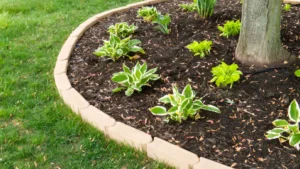
Leave your comment